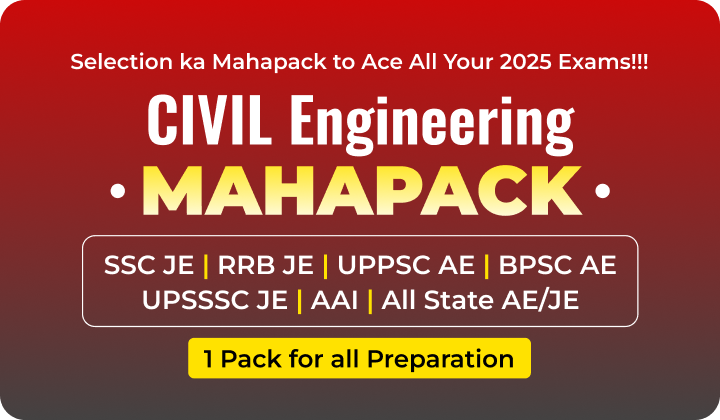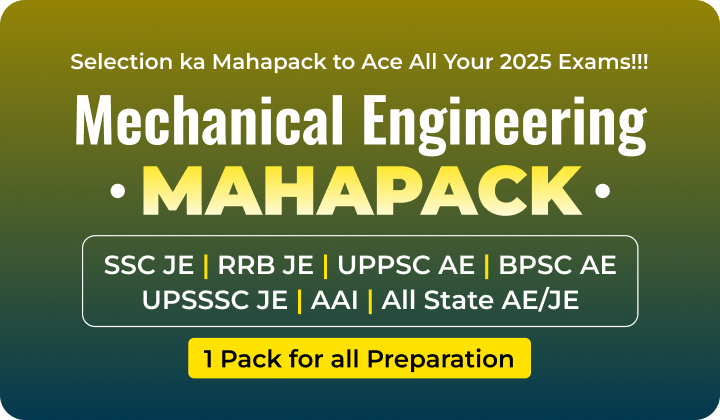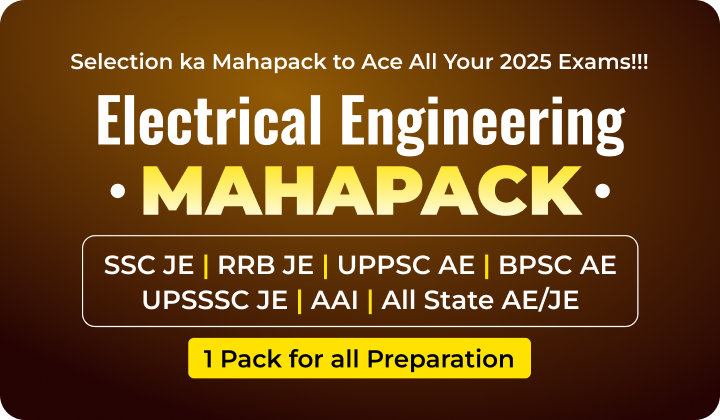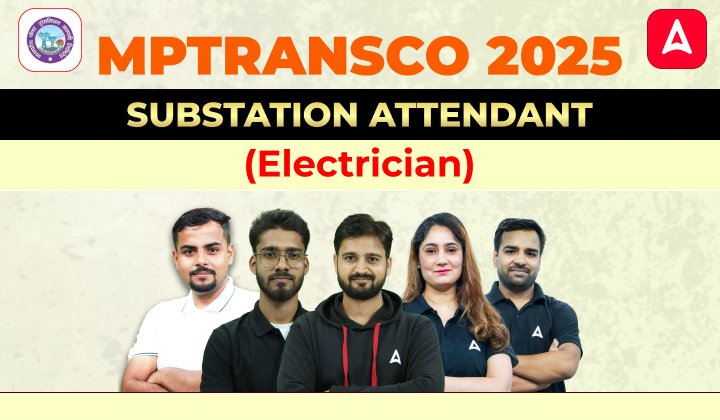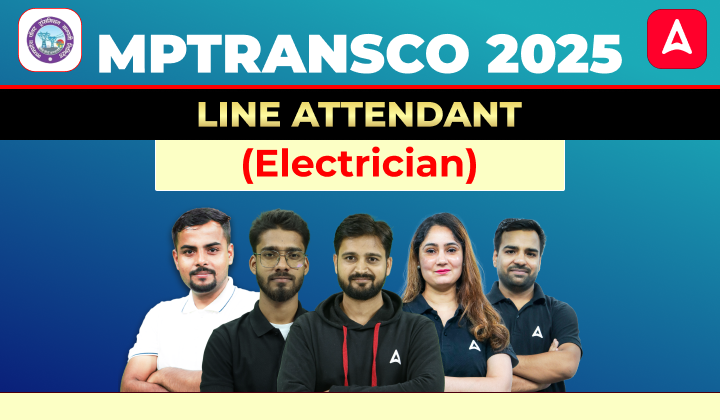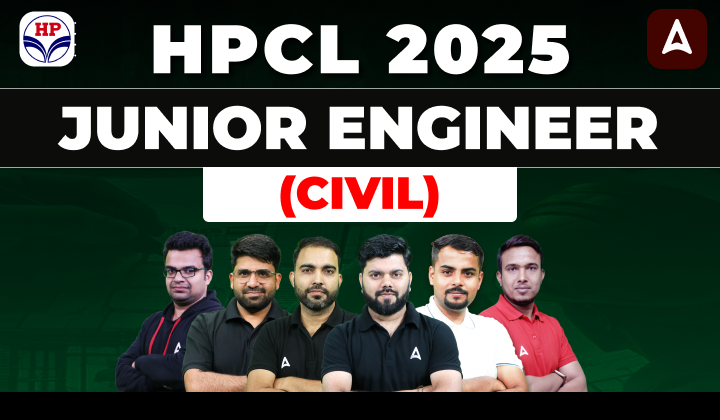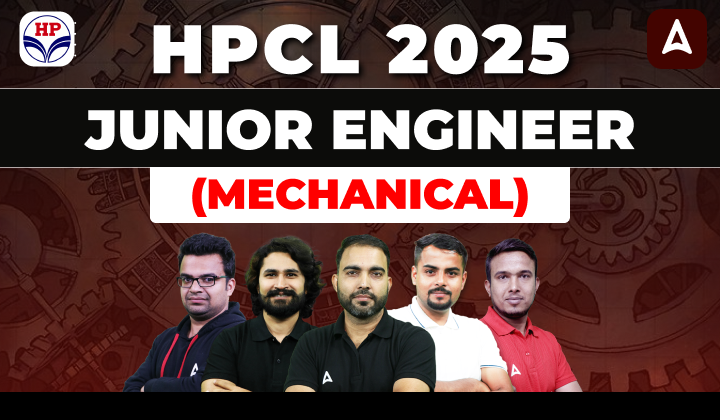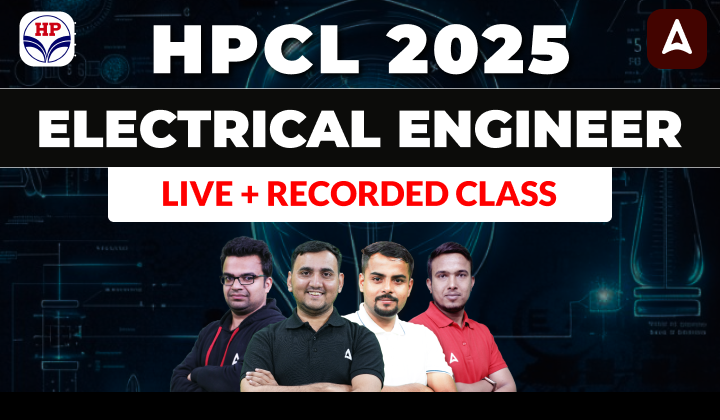Engineering Jobs: Adda247 Engineering Jobs is India’s most authentic and trusted website for free job alerts, resources for engineering government job preparation, and the latest information about important government job for engineers.
Engineering Exams
The broad field of engineering is divided into many subfields, including Electrical, Mechanical, Civil, Computer Science, Electronics, and many others. An engineer should have excellent quantitative and critical thinking skills and be well-versed in the fundamentals of their field. Various Engineering Exams are being conducted by Government and State organizations for recruiting Engineers. Lakhs of Candidates apply for the Engineering Exams every year and Nowadays it is getting tough to crack. For better preparation, ADDA247 has come up with the latest Engineering Exams Notifications and Job Alerts.
Trending Posts
- AAI ATC Exam Analysis 2025 For Junior Executive, Difficulty Level, Good Attempts
- BEL Probationary Engineer Result 2025 Out, Direct Link To Download
- NMMC Hall Ticket 2025 Out, Direct Link To Download
- NMMC JE Exam Date 2025 Out, Complete Schedule For 68 Posts
- SJVN Executive Trainee Exam Date 2025 Out, Check Schedule For 114 Vacancies
- AAI ATC Junior Executive Answer Key 2025, Download Response Sheet PDF
- DFCCIL Answer Key 2025, Steps to Download & Raise Objection
- UPBCL AE Recruitment 2025, Apply Online For 57 Posts
- RRB JE CBT 2 Result 2025 Out For 9 Zones, Download Merit List PDF
- MPPTCL Recruitment 2025 Notification Out, Apply Online For 633 ITI Posts
- NMMC Exam Schedule 2025: Check Reporting Dates & Exam Day Guidelines
- BHEL Artisan Recruitment 2025 Notification Out For 515 Posts
- How to Prepare for SSC JE in 3 Months – A Smart Study Plan
- RRB JE CBT 2 Exam Date 2025 Out, Check Complete Exam Schedule
Daily Concept Booster
All You Need To Know About Engineering Exams
Engineering Jobs Exam was created with the intention of assisting and assisting Engineering aspirants in the nation in realizing their goals of working for the government. We have great subject matter experts on staff who can assist you with your preparation in a cost-effective and timely manner. You don’t need to spend a bunch on legitimate, top-notch study materials to get ready for your upcoming Engineering Jobs Exam. As we provide you with all the study tools, including E-Books, Practice Exams, Test Series, Video Tutorials, Online Lectures and much more at low costs.
Important Exam for Engineering Graduates
For individuals who have just graduated in significant numbers from engineering schools or colleges, we have explored the government career chances in this part. Even though government positions are extremely difficult to get, a career in government service is crucial for those interested in the engineering industry.
GATE
A nationwide examination known as the Graduate Aptitude Test in Engineering (GATE) is authorized and administered by eight different Indian Institutes of Technology and
IISC Bangalore. The Ministry of Human Resource Development, National Coordinating Board, and Department of Education rely on the GATE Committee is conducted every
year. The GATE exam is designed to gauge students’ proficiency in engineering and science-related courses. Many PSUs (Public Sector Undertakings) use the GATE
scorecard when hiring candidates for prestigious positions in companies like Indian Oil, GAIL, and Hindustan Petroleum, among others.
SSC JE
SSC JE is an exam that the Staff Selection Commission (SSC) conducted every year. The Junior Engineer (JE) exam is intended to recruit JEs for employment in a variety of engineering fields, including civil, electrical, mechanical, and quantity surveying and contracts. The goal of this exam is to identify candidates for Group-B (non-gazetted) posts at level 6 (Rs 35,400-1,12,400) of the seventh Central Pay Commissions compensation grid. The many positions that can be filled through SSC JE for junior engineers are Junior Engineer (Civil, Electrical, Mechanical).
RRB JE and RRB SSE
The Railway Recruitment Boards Junior Engineer (JE) and Senior Section Engineer (SSE) are the most awaited Engineering Exams in terms of work, reputation, designation etc. In order to fill several specific positions in the Indian Railways, the Railway Recruitment Board conducts the RRB JE and SSE Exams to select candidates for enrollment from the science and engineering foundation. When they were first established, organization commissions were used to refer to rail line recruitment boards. Thus, in 1985, the Railway Services Commissions were distinct from the Railway Recruitment Boards. They coordinate and recruit through their nationwide Computer Based Test (CBT) RRB JE Exam and RRB SSE Examination. The salary structure and compensation for RRB JE are essentially the same as those for the SSC JE Examination (Level-6) and increase to between Rs. 65,000 and 70,000 for RRB SSE.
UPSC
Engineers who work for the Indian government and are designated as Class – 1 authorities are included in the Indian Engineering Services (IES) or Engineering Services Examination (ESE) administered by the Union Public Service Commission (UPSC). They specifically have jurisdiction over Indian Railways, Power, Telecommunications, Central Water Planning, Defense Organization of Engineers, and Central Engineering Services. UPSC ESE Exam is conducted every year to recruit Group-A Officers. There are Three stages to clear UPSC ESE Exam which includes Prelims, Mains and Interview.
State Assistant Engineer Exams
Every year, the Assistant Engineer (AE) Exams are designed to select candidates for specific and authoritative positions in the various divisions of the organization. Both at the State level and the Central level, Assistant Engineer Exams are being administered. Each state independently publishes the openings for the positions of Assistant Engineer.
State Junior Engineer Exams
The state government advertises and conducts State Junior Engineer/Sub Engineer from Electronics, Civil, and Mechanical Engineering branches and Other branches of Engineering. Junior Engineer Exams are being conducted by States on a large level. And Candidates who want to fulfill their dream of becoming Junior Engineer in their Hometown have the most sought job by cracking the State JE Exams.
Scientist A/B/C Posts
An engineering graduate is also eligible to apply for one of the most coveted positions, identified in various government organizations as a &Researcher/Scientist.& If selected, Aspirants are being identified as a researcher, which is the same as any Grade A or B position. Organizations such as ISRO, DRDO, BIS, and NLC, etc also provide a significant package to the selected Candidates, greatly enhancing both their job and personal lives. Candidates for this position receive a competitive salary of Level 10 along with numerous benefits and remittances to live comfortably.


